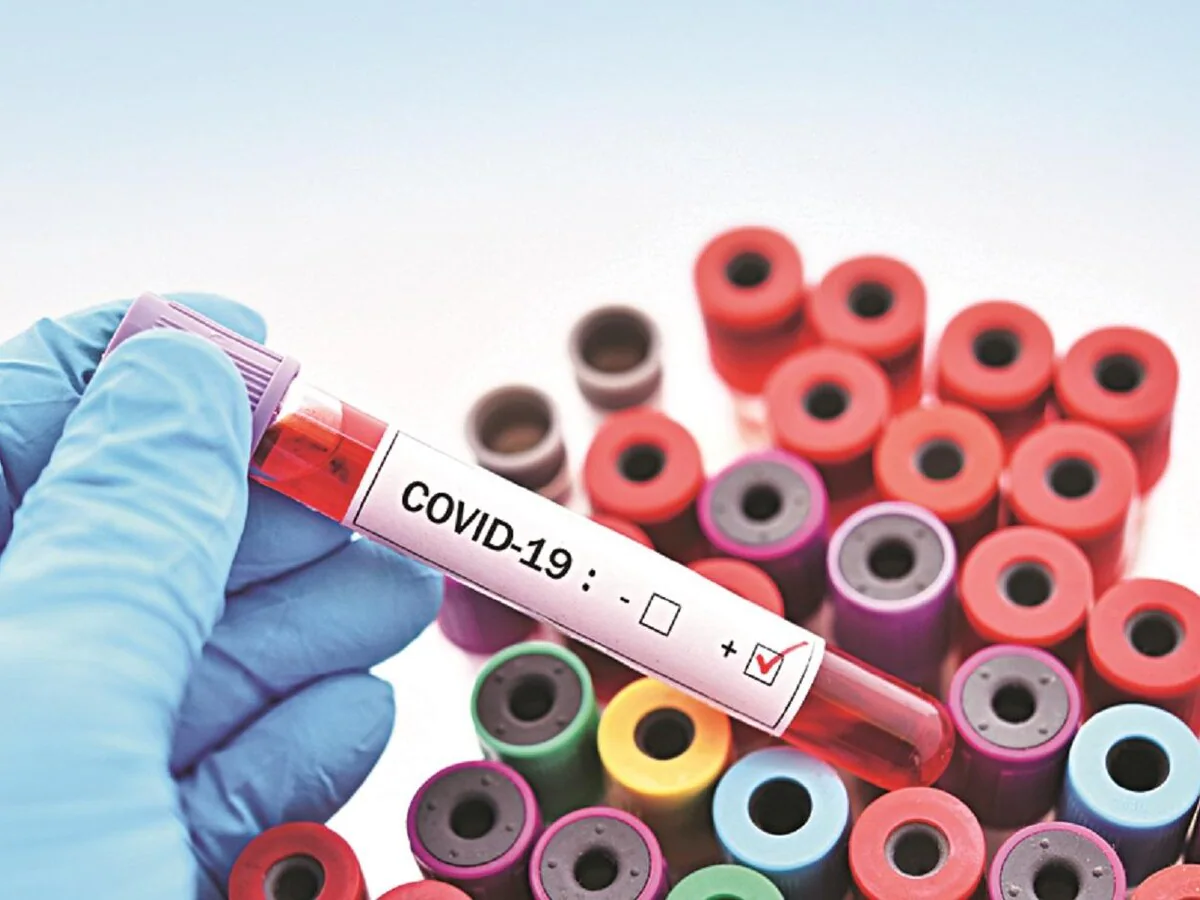Singapore is experiencing a notable surge in COVID-19 cases, raising concerns about the emergence of new variants. Health authorities are closely monitoring the situation to assess the implications of these developments.
Current Situation in Singapore
In the week ending May 3, 2025, Singapore reported approximately 14,200 COVID-19 cases, marking a 28% increase from the previous week’s 11,100 cases. Hospitalizations also rose by about 30% during this period. Despite the uptick, the average daily Intensive Care Unit (ICU) cases decreased from three to two, indicating that the healthcare system remains capable of managing the current caseload.
Emergence of New Variants
The recent surge is attributed to the spread of new Omicron subvariants, particularly NB.1.8.1 and LF.7, both descendants of the JN.1 lineage. These variants account for over two-thirds of locally sequenced cases in Singapore. The World Health Organization (WHO) has designated NB.1.8.1 as a “variant under monitoring” due to its increasing prevalence globally.
While these variants exhibit higher transmissibility, there is currently no evidence to suggest they cause more severe illness compared to earlier strains. Vaccinations continue to provide effective protection against severe outcomes.
Public Health Response
Singapore’s Ministry of Health (MOH) emphasizes the importance of vaccination, especially for vulnerable groups such as individuals aged 60 and above, medically vulnerable persons, and residents of aged care facilities. Healthcare workers and those in close contact with high-risk individuals are also encouraged to stay updated with their vaccinations.
The public is advised to maintain good personal hygiene, minimize social interactions when unwell, and wear masks in crowded areas or when exhibiting symptoms like a runny nose, sore throat, headache, or fever.
The Surge: Numbers Tell the Story
In the week ending May 3, 2025, Singapore recorded approximately 14,200 COVID-19 cases, marking a 28% increase from 11,100 cases the previous week. While daily case numbers had been relatively low for much of the year, this rapid spike has reignited public attention and stirred fears of a potential new wave.
Hospitalizations have also risen by around 30%, indicating increased viral transmission in the community. However, ICU cases remain low, with the average dropping slightly from three to two per day. This suggests that while more people are getting infected, the majority of cases are not progressing to severe illness — a reassuring trend possibly influenced by high vaccination rates and residual immunity from past infections.
Are New Variants Driving the Surge?
The uptick in infections has been strongly linked to new Omicron subvariants, particularly NB.1.8.1 and LF.7. Both are sublineages of JN.1, which has been circulating globally since late 2023. These variants are noted for their higher transmissibility, making them more capable of spreading quickly in dense, urban settings like Singapore.
The World Health Organization (WHO) has classified NB.1.8.1 as a “variant under monitoring” due to its rising global prevalence. Though more infectious, there is no current evidence that NB.1.8.1 or LF.7 cause more severe illness than previous Omicron variants. This is consistent with what experts have observed — a surge in mild to moderate cases, but not a proportional increase in serious outcomes like ICU admissions or deaths.
That said, health authorities are vigilant. Viral evolution remains unpredictable, and any shift in disease severity or vaccine resistance would warrant a rapid and robust response.
Public Health Measures and Guidance
Singapore’s Ministry of Health (MOH) has not reintroduced any strict lockdowns or movement restrictions. However, it continues to advocate for personal responsibility and preventive measures. These include:
- Wearing masks in crowded public places, especially for the elderly and immunocompromised.
- Avoiding social contact if experiencing symptoms like fever, sore throat, or cough.
- Maintaining good hygiene, such as frequent handwashing and proper ventilation.
- Staying updated on COVID-19 vaccinations, especially for high-risk groups.
In particular, the MOH urges individuals aged 60 and above, medically vulnerable persons, and residents of aged care facilities to keep their COVID-19 boosters up to date. Healthcare workers and caregivers are also being advised to get boosted to avoid transmitting the virus to high-risk patients.
Vaccination remains a crucial tool. Current vaccines, including updated formulations targeting Omicron subvariants, continue to provide strong protection against severe disease, hospitalizations, and deaths.
Impact on Daily Life and Public Services
For the time being, life in Singapore continues largely uninterrupted. Schools, workplaces, public transport, and events are operating as usual. However, some hospitals have tightened visitor policies to reduce the risk of nosocomial transmission.
People are being encouraged to self-test using ART kits if they suspect they have COVID-19 and to self-isolate when necessary. The government has also reminded citizens not to crowd hospital emergency departments unless absolutely necessary, in order to reduce pressure on the healthcare system.
Regional Context: A Broader Pattern
Singapore’s surge mirrors broader trends across Asia, where countries like Hong Kong, China, India, and Thailand are also seeing an increase in COVID-19 cases, many linked to the JN.1 lineage. Experts believe that the relaxation of COVID-19 restrictions, waning immunity from earlier infections, and colder seasonal conditions in some regions have all contributed to this resurgence.
In particular, the same subvariants — NB.1.8.1 and LF.7 — have been detected in India and Southeast Asia, suggesting a regional transmission pattern that could be linked to international travel and social gatherings.
How Worried Should We Be?
Despite the increase in cases, health authorities and infectious disease experts are not sounding alarm bells just yet. While the rise is notable, it does not currently indicate a return to the devastating waves seen in 2020 and 2021. Most new infections remain mild, and hospital systems are not overwhelmed.
However, public vigilance is essential. New variants continue to emerge, and the situation can shift quickly. The best defenses remain timely vaccination, self-monitoring, responsible behavior, and adherence to evolving health guidance.
Looking Ahead: Is This the New Normal?
It’s becoming increasingly clear that COVID-19 is now an endemic disease, much like influenza. This means periodic surges are expected, often coinciding with seasonal changes, waning immunity, or the emergence of new variants. Singapore’s current situation reflects this evolving dynamic — one that demands flexibility, resilience, and sustained investment in public health.
Moving forward, the government is likely to focus on protecting vulnerable populations, maintaining vaccine readiness, and adapting policies based on real-time data and global developments.
Regional Context
The surge in Singapore aligns with a broader increase in COVID-19 cases across Southeast Asia, including countries like Hong Kong, China, and Thailand. These regions are also experiencing a rise in infections attributed to the JN.1 variant and its sublineages.
Conclusion
While the increase in COVID-19 cases in Singapore is concerning, current data suggests that the healthcare system is managing the situation effectively. The emergence of new variants underscores the need for continued vigilance, adherence to public health guidelines, and staying informed about vaccination recommendations
Do Follow Us On Instagram







